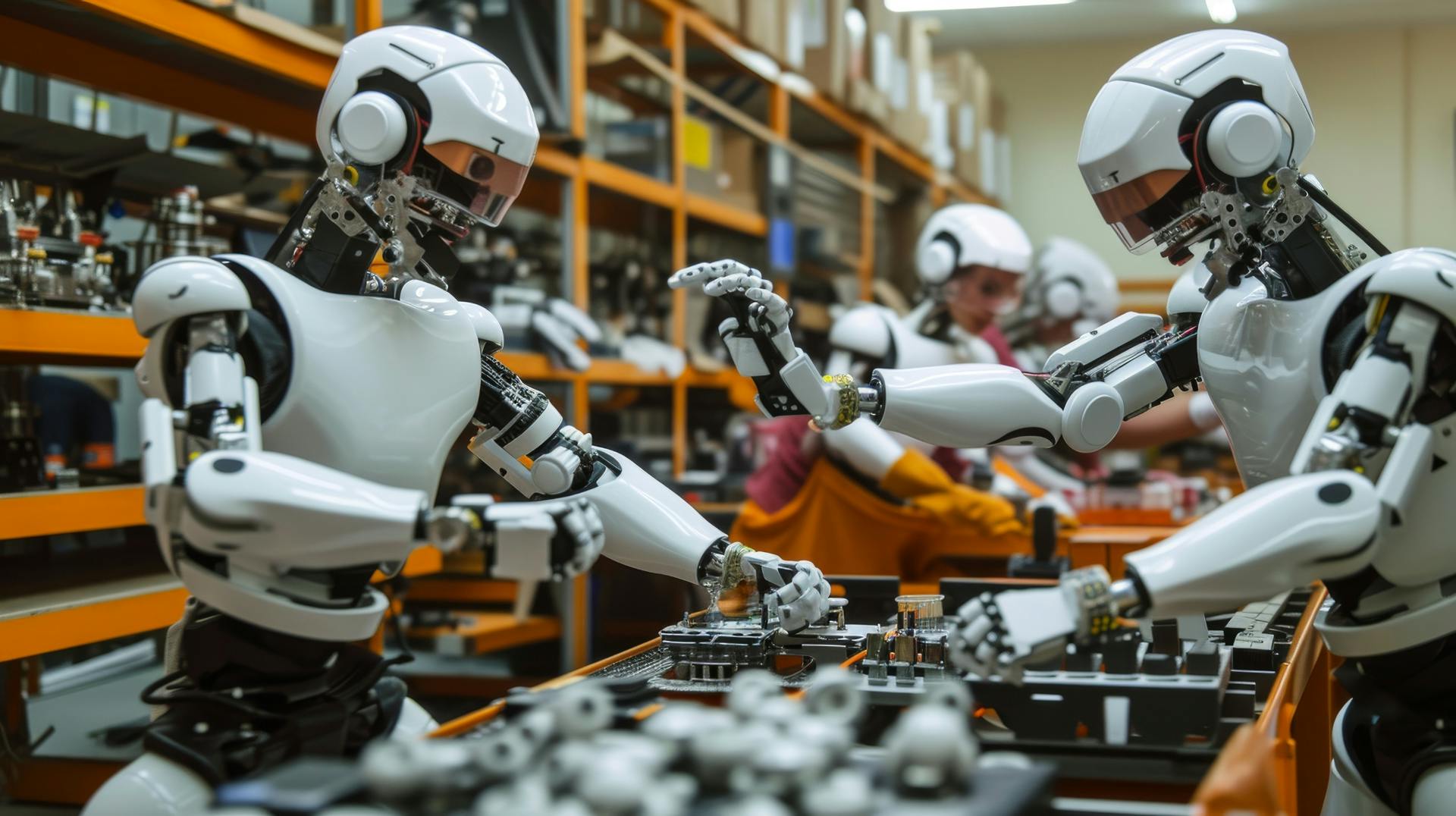
How to Integrate AI into a Robot (AI Robot)?
Artificial Intelligence (AI) has revolutionized the field of robotics, enabling robots to perform complex tasks with precision and efficiency. Integrating AI into a robot can enhance its capabilities and make it more adaptable to various environments. In this article, we will explore the steps involved in integrating AI into a robot, also known as an AI robot.
1. Understanding AI in Robotics
Before integrating AI into a robot, it is essential to have a clear understanding of what AI is and how it can be applied in robotics. AI refers to the simulation of human intelligence in machines that are programmed to think and learn like humans. In the context of robotics, AI enables robots to analyze data, make decisions, and adapt to changing conditions autonomously.
2. Selecting the Right AI Algorithms
There are several AI algorithms that can be used to enhance the capabilities of a robot. When integrating AI into a robot, it is crucial to select the right algorithms based on the specific tasks the robot is expected to perform. Some common AI algorithms used in robotics include machine learning, deep learning, and reinforcement learning.
3. Implementing Sensor Technologies
Sensors play a critical role in enabling a robot to interact with its environment and collect data for AI analysis. By integrating sensor technologies such as cameras, lidar, and radar into a robot, it can perceive its surroundings, detect obstacles, and navigate autonomously. These sensors provide the necessary input for AI algorithms to make informed decisions.
4. Developing AI-Enabled Control Systems
Integrating AI into a robot involves developing AI-enabled control systems that govern the robot’s actions and behavior. These control systems use AI algorithms to process sensor data, make decisions, and generate commands for the robot’s actuators. By implementing AI-enabled control systems, a robot can perform tasks more efficiently and effectively.
5. Testing and Optimization
Once AI has been integrated into a robot, thorough testing and optimization are essential to ensure that the system functions as intended. Testing involves evaluating the robot’s performance in various scenarios and verifying that it can effectively complete tasks. Optimization may involve fine-tuning AI algorithms, adjusting sensor configurations, or modifying control systems to improve the robot’s overall performance.
6. Continuous Learning and Improvement
Integrating AI into a robot is an ongoing process that involves continuous learning and improvement. As the robot interacts with its environment and performs tasks, it generates data that can be used to refine AI algorithms and enhance its performance. By leveraging this data for machine learning and deep learning, an AI robot can adapt to new challenges and continuously improve its capabilities over time.
Conclusion
Integrating AI into a robot can unlock a wealth of opportunities for enhancing its capabilities and making it more intelligent. By understanding AI in robotics, selecting the right algorithms, implementing sensor technologies, developing AI-enabled control systems, testing and optimizing the system, and embracing continuous learning and improvement, you can create a powerful AI robot that is capable of performing complex tasks autonomously.
Was this helpful?
0 / 0